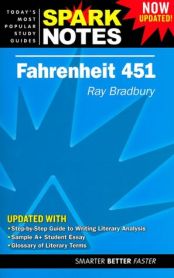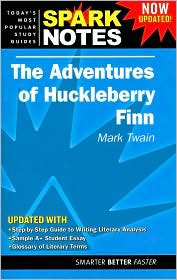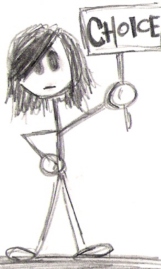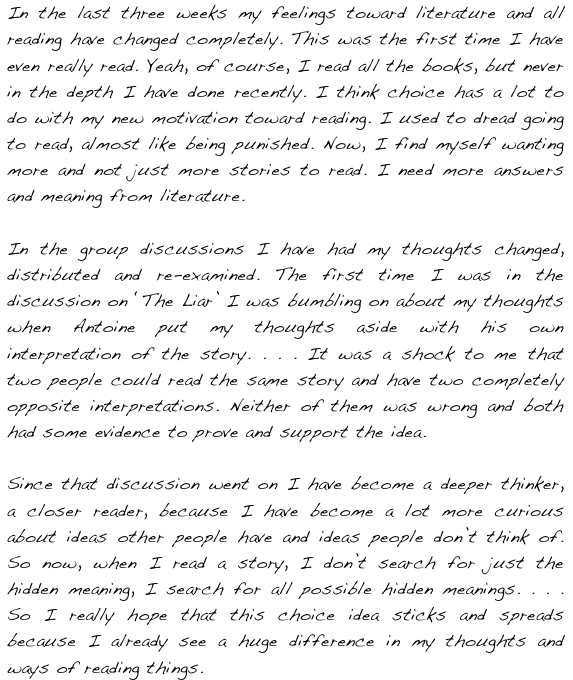


Amid all the cries that the Common Core Standards are asking too much of us—at least without more time and support—are a smaller but still vocal group of voices that say they’re nothing new. Many of these voices belong to high school teachers who’ve been asking text-based questions for years and requiring students to support whatever claims they make in discussions and essays with evidence. For them, the only new requirement is to add more nonfiction to the mix, which, again, some were doing already, assigning books such as Jon Krakauer‘s Into the Wild and Barbara Ehrenreich’s Nickeled and Dimed.
Many of these teachers do a fabulous job of engaging their students with great literature and building their capacity for critical thinking. But the emphasis on teaching texts instead of readers—particularly on teaching that attempts to direct students toward a particular, pre-determined and/or widely-accepted interpretation of a text—has also had the effect of sending thousands, if not millions, of students to SparkNotes where they can find out what they ‘should’ think without actually reading the book.
This was, in fact, the sad discovery of the head of a high school English department I worked with several years ago, who had asked his students to anonymously fill out a questionnaire at the end of the year after grades were in. His American Literature class had read a wide range of texts that year—poetry, essays, plays and short stories, along with four book-length texts. And for each of those four books he asked the students to put a check beside one of the following four statements.
I read the entire book on my own.
I read part of the book and then turned to SparkNotes.
I only read SparkNotes.
I read neither the book nor SparkNotes.
 What he found gave him serious pause. While over 80% of the students read Angela’s Ashes, the first book-length text he’d assigned, less than 20% actually read the last book, The Grapes of Wrath, with the largest percentage just reading SparkNotes, and some not even doing that. What was almost worse was that every student had passed the class, which meant that they’d either doctored or plagiarized papers they’d found online or were able to figure out what they were supposed to think by attending to the cues the teacher gave during class discussions.
What he found gave him serious pause. While over 80% of the students read Angela’s Ashes, the first book-length text he’d assigned, less than 20% actually read the last book, The Grapes of Wrath, with the largest percentage just reading SparkNotes, and some not even doing that. What was almost worse was that every student had passed the class, which meant that they’d either doctored or plagiarized papers they’d found online or were able to figure out what they were supposed to think by attending to the cues the teacher gave during class discussions.
And so on the heels of those dispiriting numbers, we decided to experiment with the idea of choice and book groups the following year, with the students actually reading in class then discussing what they read with their peers. We wanted them to read multiple texts, and so we designed a unit using short stories that all had teenage protagonists and were written by American authors, such as Joyce Carol Oates‘s “Where Are You Going? Where Have You Been?”, Tobias Wolff‘s “The Liar“, and Michael Cunningham‘s “White Angels“. And we asked them to use their groups to consider what the author of each story seemed to be saying about the challenges of growing up in America.
 We gave the students a brief description of the stories, let them choose which ones they wanted to read, and formed groups based on those choices. And since it quickly became apparent that many of them had no strategies for talking or thinking about books on their own, we recruited several other English teachers to demonstrate a discussion of Sylvia Plath’s story “Initiation,” which was one of three stories the whole class had read before breaking into groups.
We gave the students a brief description of the stories, let them choose which ones they wanted to read, and formed groups based on those choices. And since it quickly became apparent that many of them had no strategies for talking or thinking about books on their own, we recruited several other English teachers to demonstrate a discussion of Sylvia Plath’s story “Initiation,” which was one of three stories the whole class had read before breaking into groups.
During that discussion, we asked the students to pay attention to what the teachers did—not just their ideas about the story, but how they constructed those ideas. And from what they noticed, we co-created a list of strategies and discussion moves they could use that looked like this:

© 2008 Vicki Vinton, Literacy Consultant, https://tomakeaprairie.wordpress.com
Noticing and naming what the teachers had done helped many of the students to notice more in the stories they were reading. A group of students, for instance, reading Maxine Swann‘s story “Flower Children,” about a counter-culture couple in the 70’s attempting to raise their brood of children without rules or inhibitions, noticed how often idyllic or utopian exclamations—such as “They’re the luckiest children alive!”—were paired with images of darkness or death. And as they read additional stories, students started noticing patterns across texts, including many characters who longed for the past and many who ultimately felt let down by the people who supposedly cared for them the most. And noticing this, they began to consider what these patterns suggested the different authors might be saying about what it means to grow up.
This process invited students to independently engage in the kind of close reading that is now being promoted by the Standards and to construct their own interpretations based on what they’d noticed. It also allowed them to develop a new appreciation for literature and of themselves as readers, as can be seen in this student reflection:

 Fast-forward now to our present moment when, if search engine terms that bring people to this blog are any indication, close reading and text-dependent questions are on lots of teachers’ minds. Bringing the reading of texts into the classroom rather than assigning them for homework may reduce the reliance on SparkNotes—though they now offer apps for IPhones and Androids, which many students manage to use, despite prohibitions, in class. And lest this seems just like a high school problem, it’s worth noting that new companies like BookCaps are cropping up, selling study guides to books like Because of Winn-Dixie, Bridge to Terabithia and Sign of the Beaver for, as SparkNotes’s motto puts it, “When your books and teachers don’t make sense.”
Fast-forward now to our present moment when, if search engine terms that bring people to this blog are any indication, close reading and text-dependent questions are on lots of teachers’ minds. Bringing the reading of texts into the classroom rather than assigning them for homework may reduce the reliance on SparkNotes—though they now offer apps for IPhones and Androids, which many students manage to use, despite prohibitions, in class. And lest this seems just like a high school problem, it’s worth noting that new companies like BookCaps are cropping up, selling study guides to books like Because of Winn-Dixie, Bridge to Terabithia and Sign of the Beaver for, as SparkNotes’s motto puts it, “When your books and teachers don’t make sense.”
I believe that unless we make room for diverse interpretations built from what students notice—and focus as much on teaching readers as texts and on thinking as much as on answers—it’s highly probably that students will continue to rely on SparkNotes or find alternatives to beat the system, because they’re actually resourceful and smart. They read us as closely as we’d like them to read texts, trying to figure out what we want in order to give it to us. And I think that means that if we truly want to students to construct their own meaning and not just take on established ideas that are available at the click of a mouse or the touch of a screen, we may need to take a closer look at what messages we’re sending out about what we really want from them.
